Wolves are back—and they’re not asking permission. After decades of silence, howls are echoing through forests and plains once more. These predators aren’t just surviving. They’re moving, multiplying, and reclaiming ground that was once theirs. It’s not just the wilds of Alaska or Yellowstone anymore. Wolves are quietly slipping into places that haven’t seen them in generations—stealthy, determined, and often unnoticed until a trail cam catches a flash of fur. Some states are already home to these elusive travelers. Others might be next on their list. Let’s take a closer look at where the wild is stirring again—and where it could howl next.
Wyoming
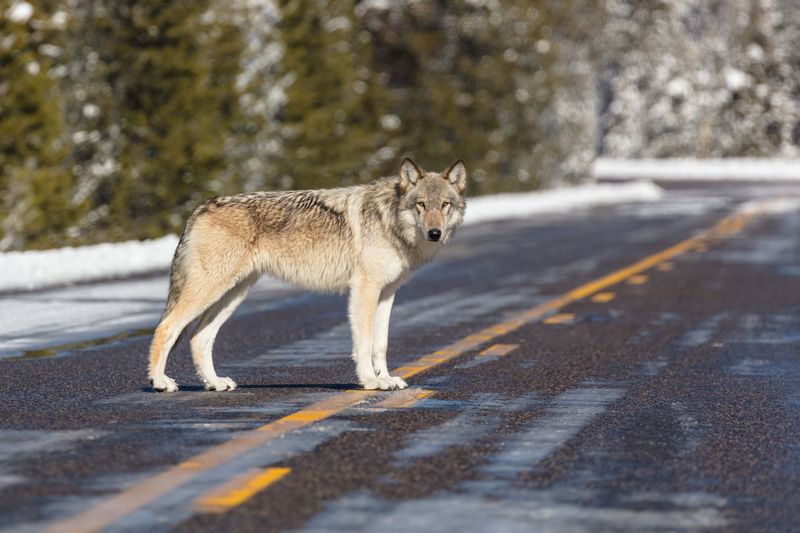
Wyoming has been a significant area for wolf reintroduction, particularly in Yellowstone National Park. Known for its vast wilderness and rugged landscapes, the state offers wolves plenty of space to roam and hunt. Wolves have played a crucial role in maintaining the ecological balance in this region. Their presence helps control the populations of prey animals, which in turn supports a diverse range of plant and animal species. The return of wolves to Wyoming has been a monumental success for wildlife conservationists, illustrating the potential for harmonious coexistence between humans and wolves.
Montana
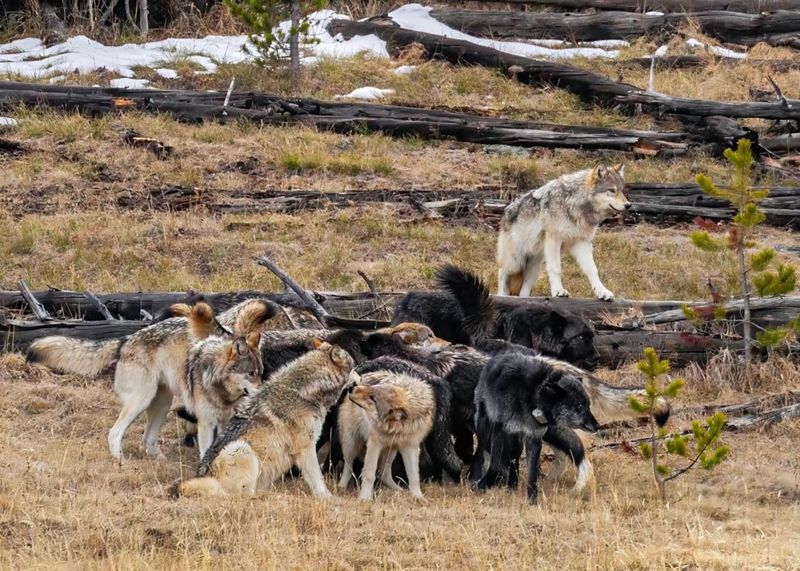
Montana’s mountainous terrains and dense forests provide an ideal habitat for wolves. The landscape is not only beautiful but also offers ample opportunities for wolves to thrive. As they traverse the rugged mountains, wolves contribute to the biodiversity and health of these ecosystems. The state has embraced the presence of wolves, acknowledging their importance in the natural order. Wolf watching has become a popular activity, drawing enthusiasts and nature lovers. This growing interest has also fostered increased awareness and education on the vital role of predators like wolves in maintaining ecological harmony.
Idaho
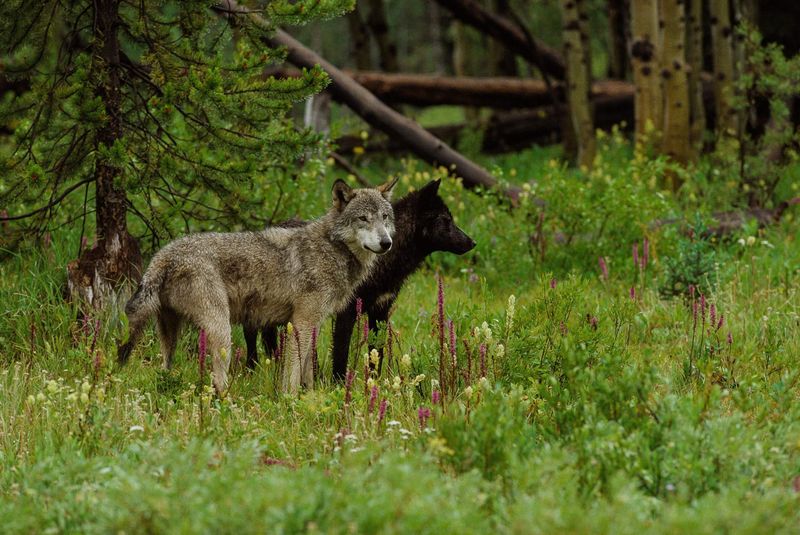
Idaho’s diverse environments, from lush forests to expansive plains, have been a welcoming home for wolves. These majestic creatures are often spotted in remote areas, where their presence is a symbol of wilderness and nature’s resilience. Wolves in Idaho have been subjects of both admiration and controversy, reflecting the complex relationship between humans and wildlife. Conservation programs have been pivotal in ensuring that wolves continue to roam freely while addressing the concerns of local communities. Their return represents a triumph for nature lovers and a challenge for those managing wildlife interactions.
Oregon
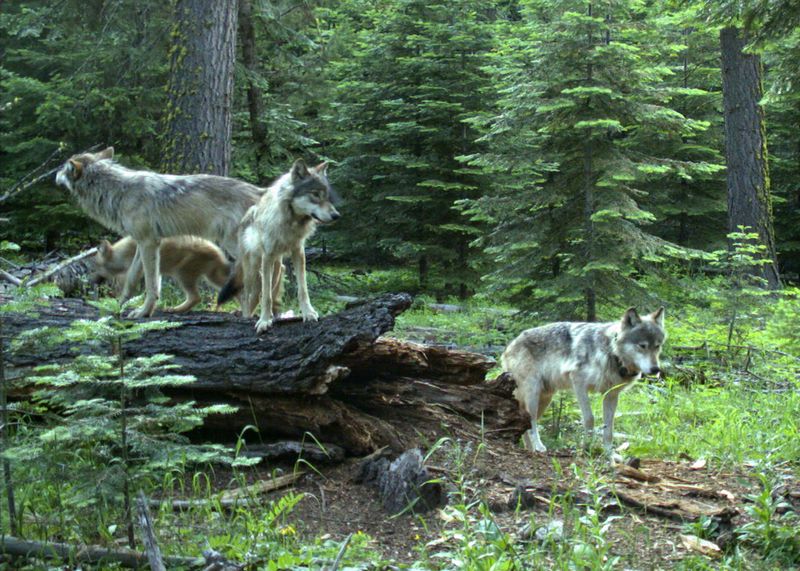
Oregon’s landscapes, ranging from the Cascades to coastal regions, provide diverse habitats for wolves. The return of wolves to Oregon marks an exciting chapter in the state’s environmental history. These animals have naturally recolonized the area, an indication of the healthy ecosystems present. Oregon’s commitment to coexistence with wolves has led to innovative management strategies that aim to minimize conflicts. Wolves are celebrated symbols of wilderness and ecological integrity here, and their howls echo the success of conservation efforts. Their presence continues to inspire both awe and a sense of responsibility among residents.
Washington

In Washington, wolves have successfully reestablished themselves in various regions, particularly in the northeastern part of the state. The dense forests and rich wildlife offer a perfect setting for these predators. Washington’s approach to wolf conservation is characterized by collaboration between stakeholders, including ranchers, conservationists, and governmental agencies. This cooperative model aims to balance the needs of human populations with the ecological benefits wolves bring. The resurgence of wolves in Washington is a testament to the power of concerted efforts in wildlife restoration. It highlights the ongoing journey towards sustainable wildlife management.
Minnesota
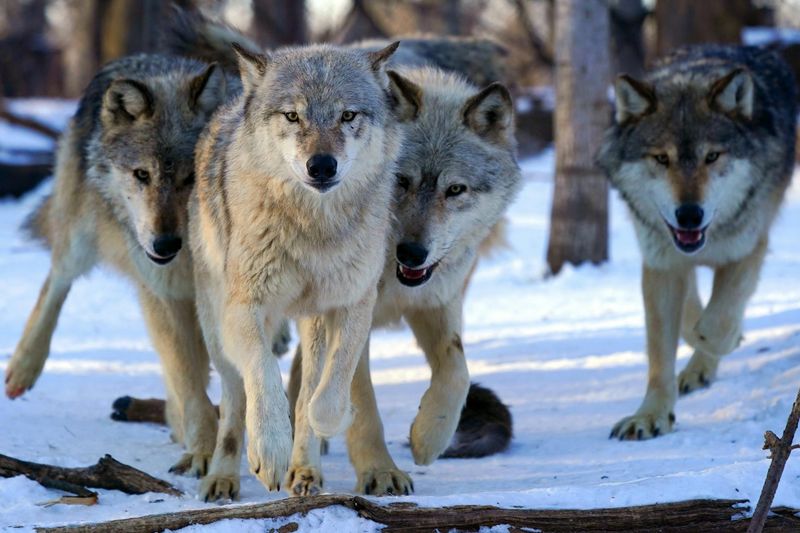
Minnesota is home to one of the largest wolf populations in the contiguous United States. The state’s vast forests and lakes create a thriving environment for wolves. These animals are integral to Minnesota’s natural heritage, symbolizing wildness and the unbroken chain of life. Their presence here is a testament to successful conservation efforts dating back decades. In Minnesota, wolves are more than just inhabitants; they are part of the cultural and natural identity. Their graceful wanderings through snow-covered woods captivate all who glimpse them, reminding us of nature’s enduring strength and beauty.
Wisconsin
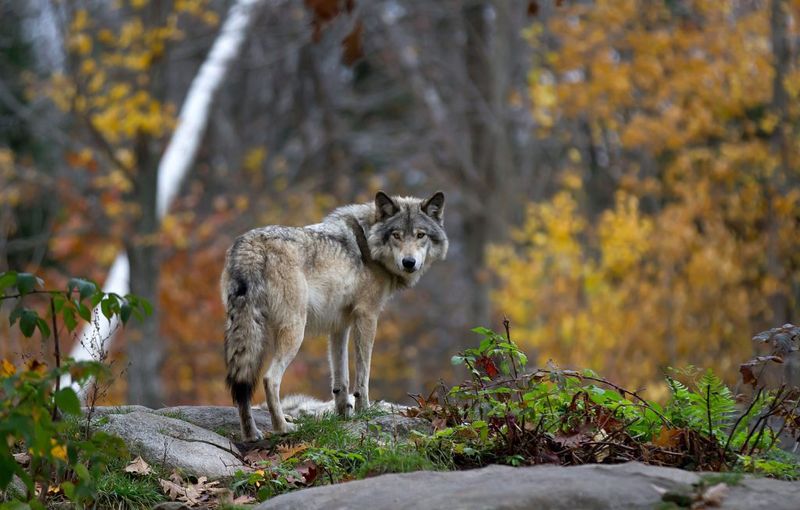
Wisconsin’s rich forests and diverse ecosystems support a growing wolf population. These creatures are often seen as guardians of the wilderness, keeping ecosystems in check. The state’s commitment to wolf conservation has been instrumental in their resurgence, with various programs focusing on coexistence and education. Wolves in Wisconsin are appreciated for their role in maintaining the delicate balance of nature. Their curious nature invites intrigue and admiration from both locals and visitors. As they explore the wooded landscapes, wolves continue to be emblematic of the untamed spirit found in America’s heartland.
Michigan

In Michigan, wolves have become a vital part of the wildlife tapestry. Particularly in the Upper Peninsula, these creatures roam freely, contributing to the region’s biodiversity. The dramatic landscapes of Michigan, marked by forests and lakes, are ideal settings for wolf packs. Conservation efforts have led to a stable wolf population, ensuring they remain an integral part of the ecosystem. Wolves near Lake Superior are a breathtaking sight, their silhouettes juxtaposed against the vast waters. This connection to the land and water resonates with those who appreciate the intricate balance of Michigan’s natural world.
Alaska
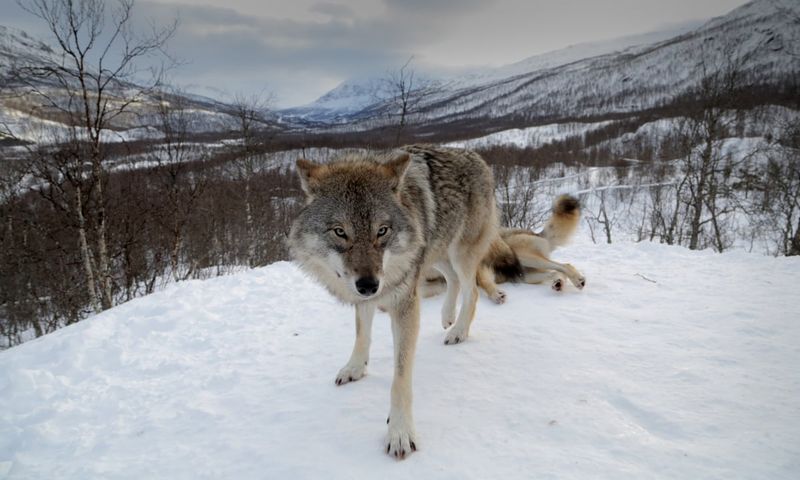
Alaska, with its pristine wilderness and untamed landscapes, is a sanctuary for wolves. These magnificent creatures roam the vast tundra, embodying the spirit of the wild. Alaska’s wolves are not just surviving; they are thriving, benefiting from the expansive and unspoiled environment. The aurora borealis often sets the stage for their nightly hunts, creating a magical backdrop to their existence. In this remote frontier, wolves are symbols of freedom and resilience. Their presence is a constant reminder of the raw and unbridled beauty that defines the Alaskan wilderness.
Colorado
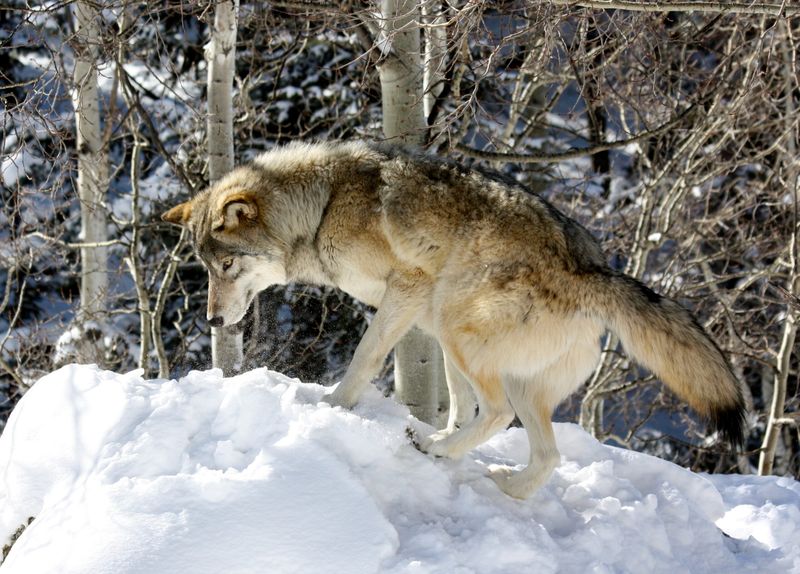
Wolves have started to make their way back to Colorado, primarily in the northern regions. The Rocky Mountains offer an ideal habitat, providing the necessary resources and solitude for wolves to flourish. Colorado’s landscapes are not only picturesque but crucial for the reintroduction and survival of these animals. Efforts to restore wolves in Colorado reflect a broader commitment to rebuilding ecosystems and honoring the natural heritage. The presence of wolves in the Rockies is a powerful symbol of environmental stewardship and the enduring legacy of wild places in America.
Arizona
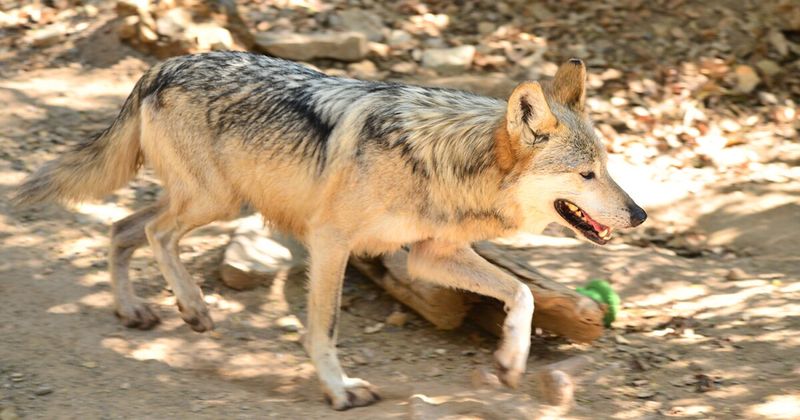
In Arizona, the reintroduction of the Mexican gray wolf has been a focal point of conservation efforts. The unique desert landscapes provide a challenging yet rewarding habitat for these wolves. Arizona’s approach to wolf recovery emphasizes collaboration and adaptive management, ensuring that the wolves can thrive alongside human communities. The sight of a pack silhouetted against a desert sunset is a testament to the success of these initiatives. These wolves embody resilience and adaptability, qualities that resonate with the rugged beauty of Arizona’s wilderness.
California
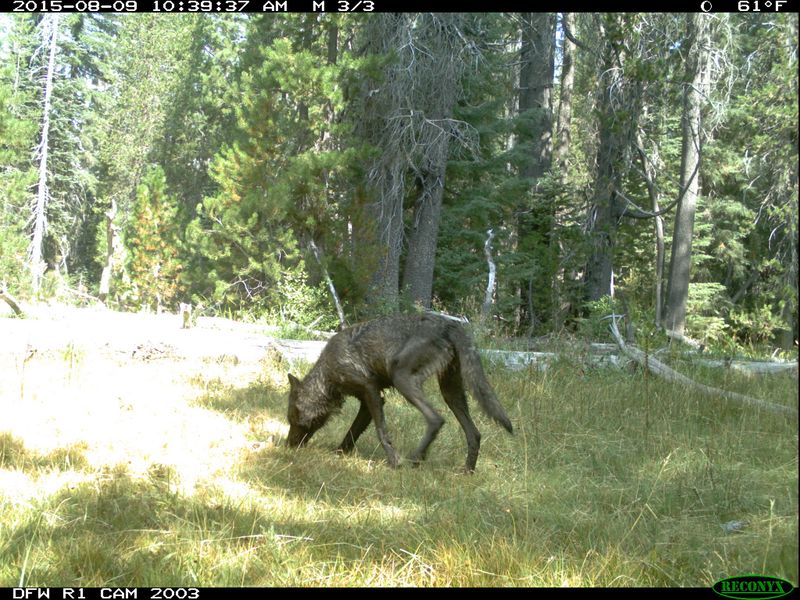
The redwood forests of Northern California have become a new frontier for wolves. These towering trees and lush undergrowth offer a safe haven for wolves as they quietly reestablish themselves. California’s commitment to wildlife conservation is evident in its proactive measures to support wolf populations. The return of wolves to these forests signifies a promising future for biodiversity in the region. Californians have embraced the wolves as part of their rich natural heritage, recognizing the important role they play in maintaining ecological balance. Their presence is a hopeful sign of nature’s ability to recover.
Nevada
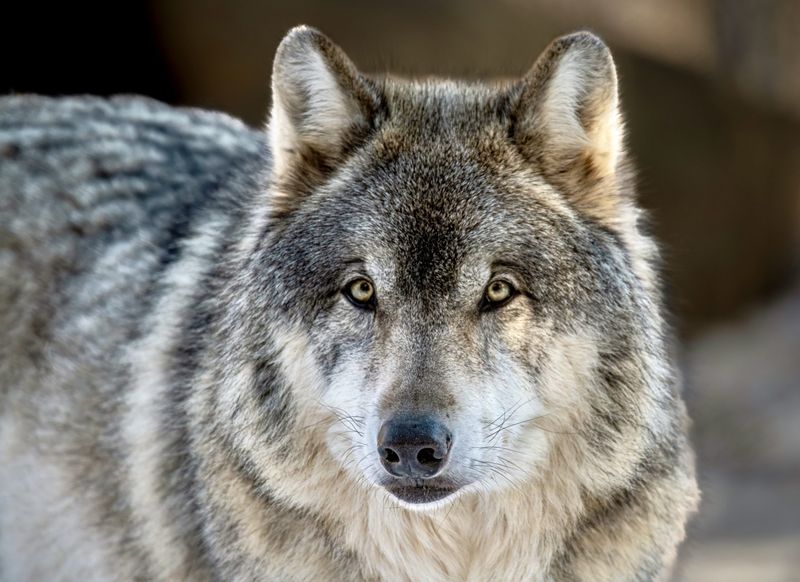
Though not yet a stronghold, Nevada’s vast desert landscapes offer potential for future wolf populations. The rugged terrain provides a challenging environment, but one that could support wolves with proper conservation efforts. As wolves continue to spread across neighboring states, Nevada stands as a candidate for future expansion. The state’s commitment to protecting wildlife could pave the way for wolves to find a new home here. This potential highlights the ongoing conversation about the role of predators in diverse ecosystems and the possibilities that exist for future wildlife restoration.
Utah
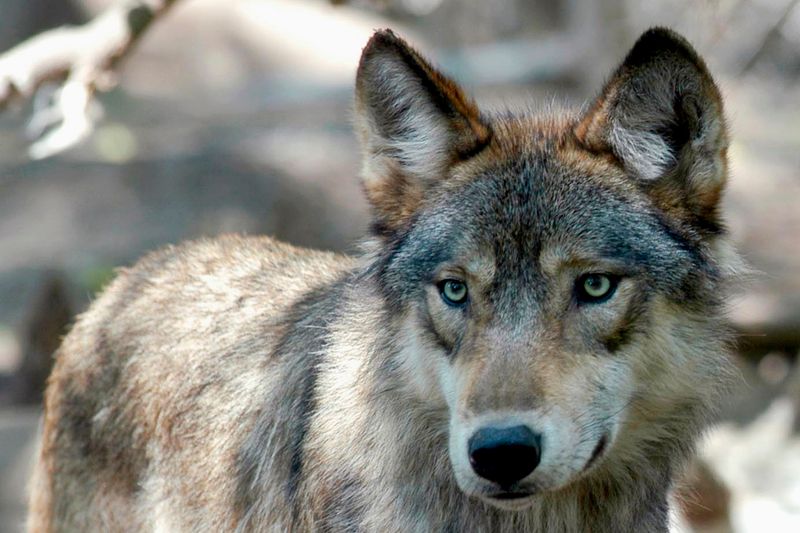
Utah, with its stunning national parks and diverse environments, is a potential candidate for future wolf settlements. Although wolves are not currently widespread here, the state’s rich ecosystems could accommodate them. The landscapes offer a mosaic of habitats that could support wolf packs. Conservationists are optimistic about the possibilities, advocating for measures that could facilitate the return of these iconic predators. Utah’s commitment to preserving its natural beauty aligns with the broader goals of wildlife restoration, marking it as a hopeful prospect for future wolf populations.
New Mexico

New Mexico is on the horizon for potential wolf expansion, particularly the Mexican gray wolf. The state’s varied landscapes, from deserts to forests, provide suitable habitats. Efforts to reintroduce and protect these wolves are ongoing, with a focus on creating coexistence strategies. New Mexico’s commitment to wildlife conservation makes it a promising candidate for future wolf populations. The unique cultural and natural heritage of the state supports a narrative of hope and restoration, embodying the spirit of the Southwest. Wolves here could symbolize a new chapter in the state’s environmental stewardship.
North Dakota
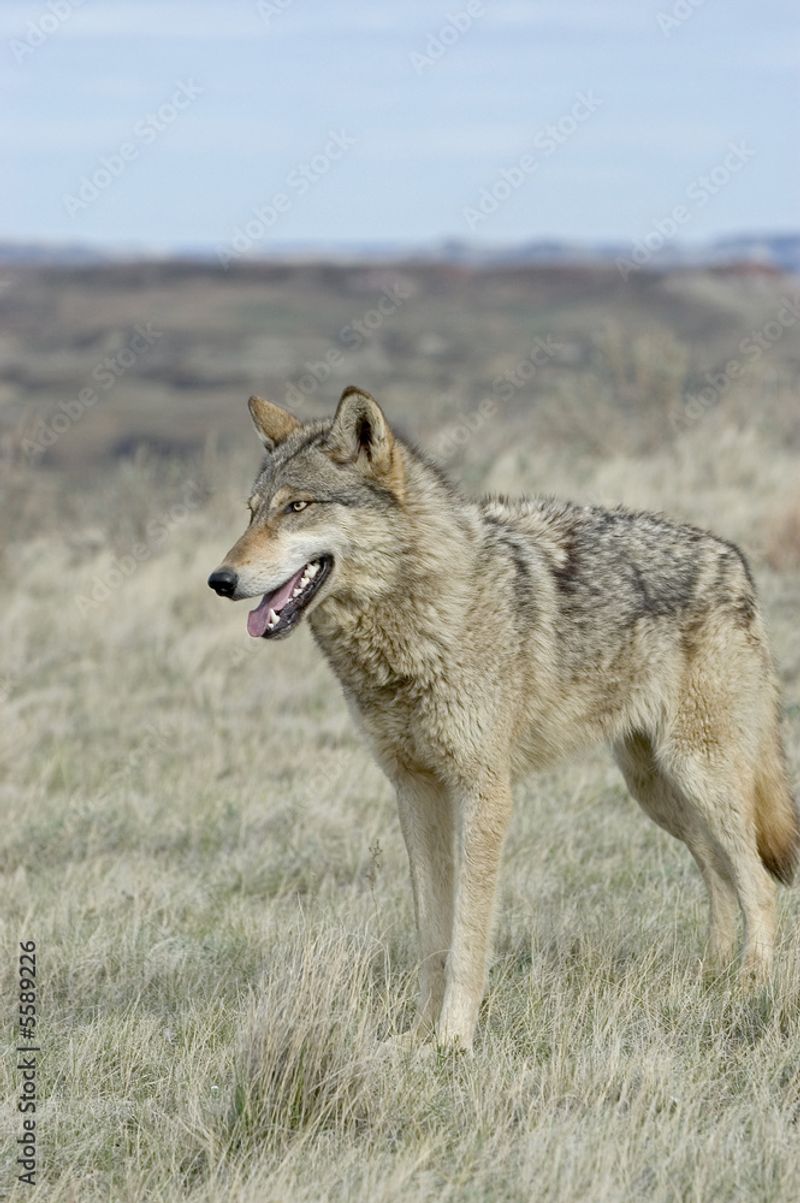
North Dakota’s expansive grasslands and prairies present a potential future habitat for wolves. While wolves are not yet widespread here, the state’s open landscapes could support them with proper management. The possibility of wolf expansion into North Dakota aligns with broader conservation goals across the region. The return of wolves to these grasslands would symbolize a restoration of historical ecosystems and a commitment to biodiversity. As discussions continue, North Dakota represents hope for a balanced coexistence with these essential predators, encouraging dialogue about the future of wildlife in the Great Plains.
South Dakota

South Dakota, with its rolling hills and prairies, holds potential for future wolf populations. The state’s landscapes offer vast areas where wolves could thrive. Though wolves are not currently widespread here, conservation efforts could change this in the future. The return of these predators would be a significant step in restoring natural balance and ecological diversity. South Dakota’s potential for wolf expansion reflects a growing recognition of the importance of predators in maintaining healthy ecosystems. This opportunity heralds a new era of wildlife conservation and proactive environmental stewardship.

